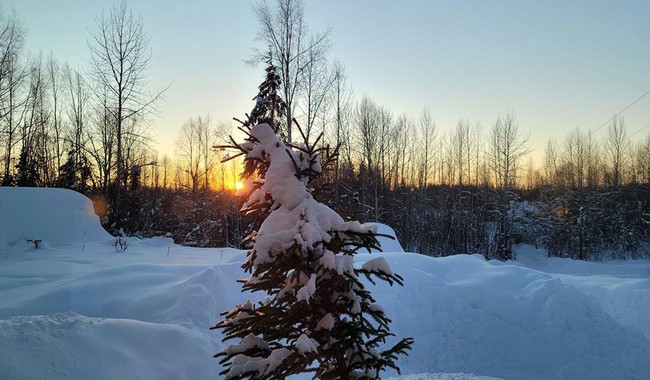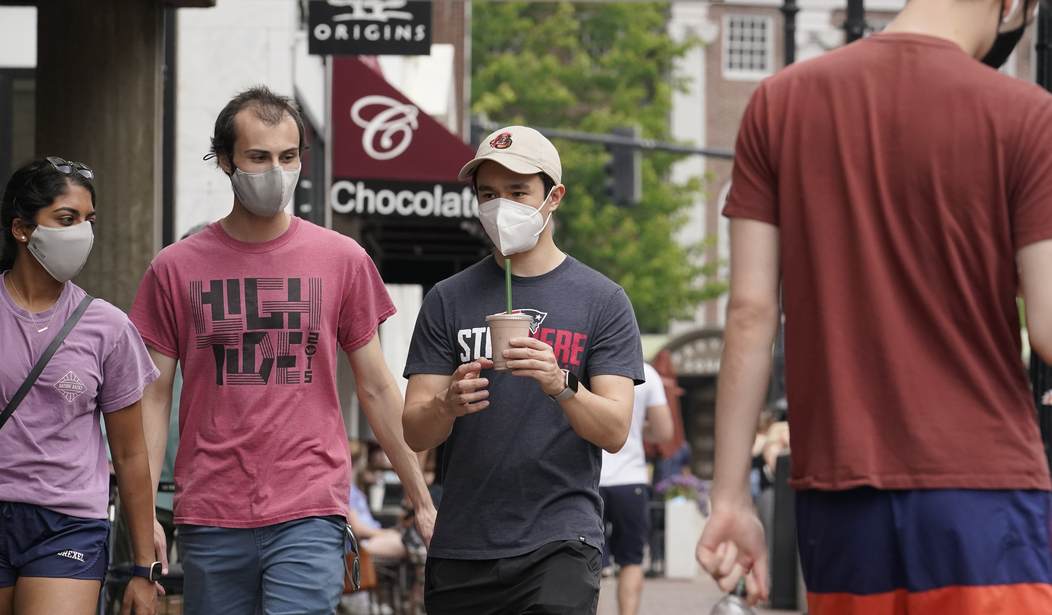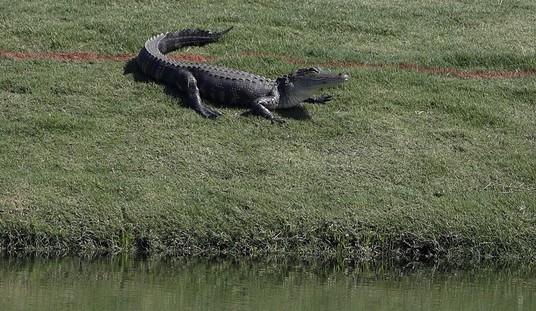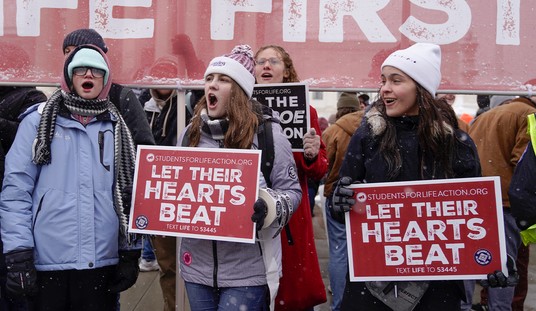One of the great things about living in the United States is the variety of places you can choose to live. We have fifty states — fifty laboratories for politics, lifestyles, economics, everything, and if you find your state no longer tolerable for any reason, you can go find one that suits you better. Plenty of Americans now are doing just that, mainly fleeing the blue states like New York, New Jersey, and California for greener pastures in places like Texas and Florida. That's why this ranking for 2023's "Best States to Live in" is a little surprising. The top five are:
- Massachusetts
- New Jersey
- New Hampshire
- New York
- Wyoming
And the bottom five are:
- Oklahoma
- Mississippi
- Louisiana
- Alaska
- New Mexico
Our own Alaska rates last in income growth, average weekly work hours, and restaurants per capita. I would hasten to point these figures out to, say, liberal Democrats fleeing blue states. Along with our winters! Our long, cold, dark winters!
The methodology used to arrive at these figures is revealing.
In order to determine the best and worst states to live in, WalletHub compared the 50 states across five key dimensions: 1) Affordability, 2) Economy, 3) Education & Health, 4) Quality of Life, and 5) Safety.
We evaluated those dimensions using 51 relevant metrics, which are listed below with their corresponding weights. Each metric was graded on a 100-point scale, with a score of 100 representing the most favorable living conditions. For metrics marked with an asterisk (*), the square root of the population was used to calculate the population size in order to avoid overcompensating for minor differences across states.
Finally, we determined each state’s weighted average across all metrics to calculate its overall score and used the resulting scores to rank-order the states.
When you dive into the metrics, there appears to be a considerable urban bias, which probably explains why Massachusetts, New Jersey, and New York rank well in the calculation, even though all three are seeing an exodus of their residents. Here, for example, is how the experts named in the study determine "Quality of Life":
- Average Hours Worked per Week: Full Weight (~0.93 Points)
- Average Commute Time (in Minutes): Full Weight (~0.93 Points)
- Miles of Trails for Bicycling & Walking per Total State Land Area: Full Weight (~0.93 Points)
- “Bicycle Friendly State” Ranking (proxy for Bike Score): Full Weight (~0.93 Points)
- Access to Public Transportation: Double Weight (~1.86 Points)
Note: This metric measures the share of commuters who use public transit.- Quality of Roads: Full Weight (~0.93 Points)
Note: This metric measures the share of pavement in poor condition.- Traffic Congestion: Double Weight (~1.86 Points)
- Restaurants per Capita*: Double Weight (~1.86 Points)
- Bars per Capita*: Full Weight (~0.93 Points)
- Museums per Capita*: Full Weight (~0.93 Points)
- Performing Arts Centers per Capita*: Full Weight (~0.93 Points)
- Movie Theaters per Capita*: Half Weight (~0.47 Points)
- Fitness Centers per Capita*: Double Weight (~1.86 Points)
- Accessibility of Beaches: Full Weight (~0.93 Points)
Note: Composed metric: includes number of beaches per capita (sqrt of pop) and average length of beaches.- Weather: Triple Weight (~2.79 Points)
Note: This metric is based on WalletHub’s “Cities with the Best & Worst Weather” ranking.- Air Quality: Full Weight (~0.93 Points)
New York comes in first in Quality of Life. (Seriously?) California is second, Pennsylvania third, Illinois fourth, and the first red state in the ranking, Florida, comes in fifth. Alaska comes in dead last.
But these things are very subjective, aren't they? Commute time, for example; here in the Great Land, the one defining characteristic you see is vastness. A lot of people we know here in our Susitna Valley area work in Wasilla or even Anchorage, and commute times may be an hour or more, but most of them will tell you it's worth it. And "Miles of Trails for Bicycling and Walking per Total State Land Area"? That's pretty unfair to a state over three times the size of Texas with the population of Wyoming.
 There aren't metrics here for most of the reasons people who live in Alaska live in Alaska - privacy, seclusion, low taxes, minimal government interference in most things (at least compared to places like New York and New Jersey), great hunting and fishing, the ability to just live your life and not be bothered. Most Alaskans we know wouldn't live anywhere else. You couldn't drag my wife and me out of here with a Caterpillar.
There aren't metrics here for most of the reasons people who live in Alaska live in Alaska - privacy, seclusion, low taxes, minimal government interference in most things (at least compared to places like New York and New Jersey), great hunting and fishing, the ability to just live your life and not be bothered. Most Alaskans we know wouldn't live anywhere else. You couldn't drag my wife and me out of here with a Caterpillar.
But, as I say, these things are subjective.
Alaska also doesn't fare so well in "Best & Worst States to Raise a Family" and "Best & Worst States for Millennials," although we come in at #19 for "Best States to Retire."
Studies like these can be interesting. It's fun to dive into them and pick apart the data. But in the end, they aren't terribly enlightening. Quality of life, along with most of the other various metrics used in this and similar studies, is highly subjective. Many people, yes, are concerned with the number of restaurants and museums per capita, while others of us are more concerned with the availability of public boat ramps and how healthy the salmon run is.
That's what is great about the United States. It's even a founding principle of our republic: federalism. If you don't like one state, you have 49 others to choose from. Choose wisely, on your own standards for a happy life, and you won't be disappointed.
Unless you're a liberal Democrat fleeing a blue state. In that case, I warn you against Alaska! The winters! The long, cold, dark winters!















